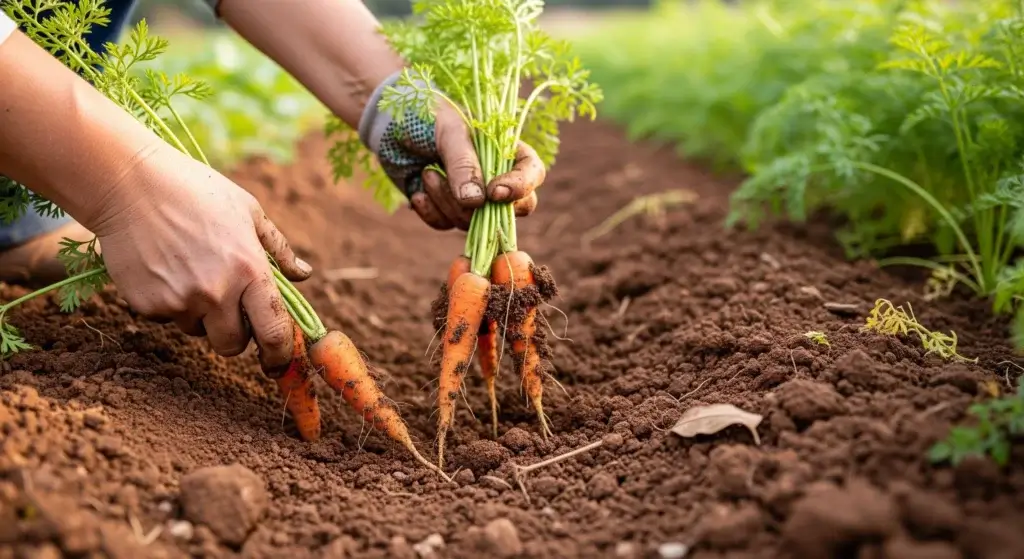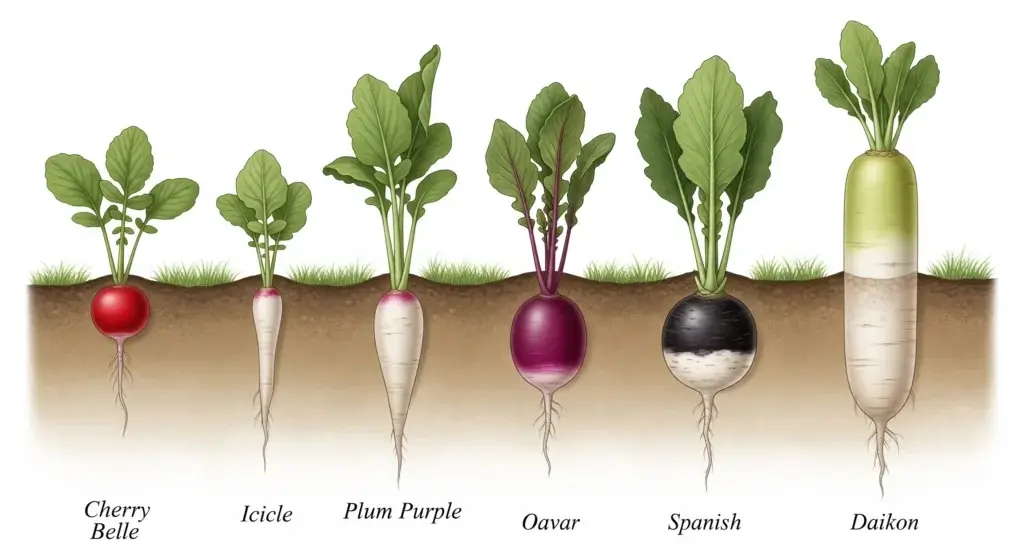
\Watering plants in cold and humid climates can be a tricky task.
Unlike warmer, drier regions, where plants might need frequent watering, cold and humid environments require a more careful and nuanced approach.
Understanding how low temperatures and high humidity affect plant water needs is crucial for keeping your plants healthy and thriving.
In this blog post, we’ll explore the impact of these conditions on plant hydration, provide effective watering techniques, and offer tips to help you manage your garden or indoor plants during colder, more humid months.
Impact of Low Temperatures and High Humidity on Plant Water Needs
Plants in cold and humid climates often require less water than those in warmer, drier areas.
This is because cold weather slows down the plant’s metabolism, reducing its overall water consumption.
Additionally, high humidity levels mean that water evaporates more slowly from the soil and plant surfaces, further decreasing the need for frequent watering.
However, these conditions can also pose unique challenges.
Excessive moisture in the soil, combined with lower temperatures, can lead to root rot and other fungal diseases.
On the other hand, insufficient watering can cause plants to become dehydrated, as they are still using water, albeit at a slower rate.
Striking the right balance is key to ensuring your plants remain healthy throughout the cold and humid seasons.
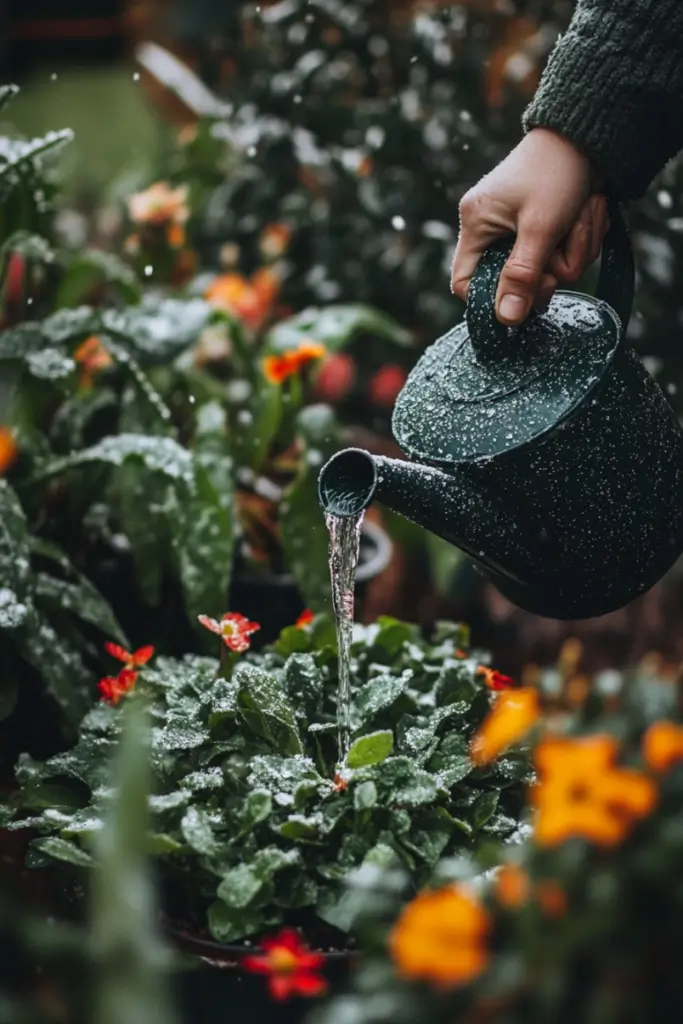
Watering Techniques in Cold and Humid Climates
Watering plants in cold and humid climates requires a few adjustments to keep them healthy and thriving.
Here are some effective techniques to help you manage moisture levels without overwatering or underwatering:
Check the soil
Always start by checking the soil’s moisture level before watering.
In cold and humid climates, soil tends to stay moist for longer, so it’s important to make sure it’s dry enough before adding more water.
Simply stick your finger about an inch into the soil. If it feels damp or cool, your plants probably don’t need water just yet.
Studies show that monitoring soil moisture helps prevent overwatering, which can cause root diseases and harm plant health.
Water thoroughly
When you do water, make sure to do it thoroughly.
This means watering until you see water draining from the bottom of the pot or until the soil is evenly moist throughout the root zone.
Thorough watering ensures that all parts of the root system get enough hydration.
However, in cold and humid climates, water evaporates slowly, so it’s easy to overwater.
Aim to water less frequently but with enough water to reach deep into the soil.
Use a moisture meter
A moisture meter can be a great tool for gardeners in these climates.
It measures the soil’s moisture level, helping you decide when to water.
This device takes the guesswork out of watering, reducing the risk of overwatering or underwatering.
Research indicates that moisture meters can improve water management and reduce plant stress, making them a worthwhile investment for maintaining healthy plants.
Water in the right time
Timing your watering is also important.
The best time to water is late morning or early afternoon when temperatures are warmer.
This allows the water to soak into the soil before the evening chill sets in, which helps prevent waterlogging and root rot.
Avoid watering in the early morning or evening when colder temperatures can cause the water to sit on the surface for too long, potentially leading to mold growth or frost damage.
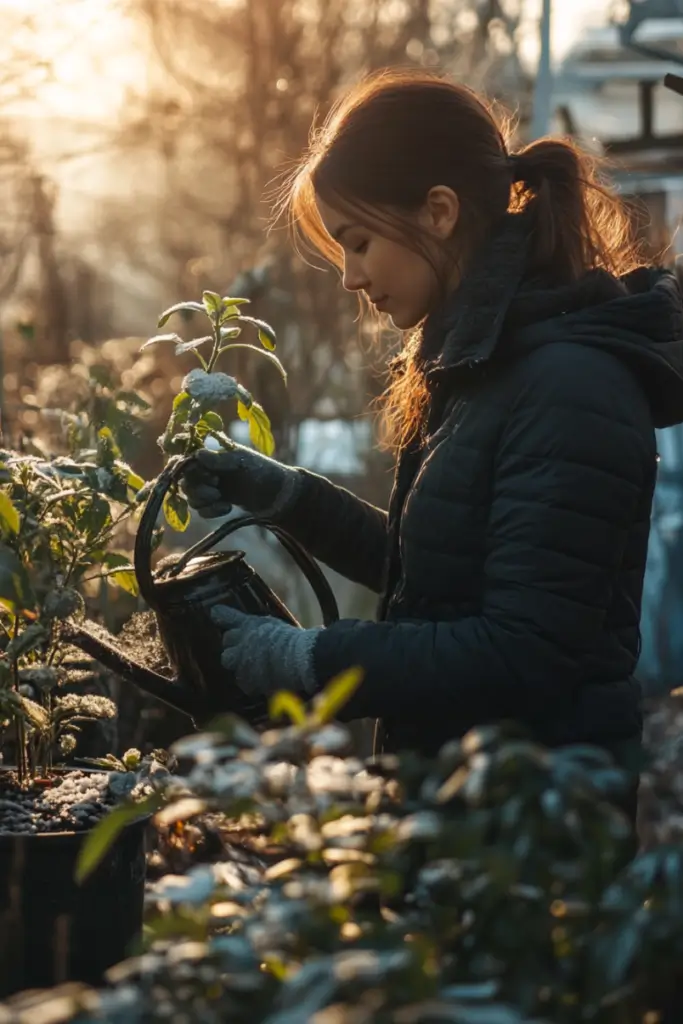
Tips for Cold and Humid Weather
Caring for plants in cold and humid weather involves more than just managing watering.
Here are some tips to help you create a supportive environment for your plants throughout the colder months:
Drainage and aeration
Good drainage is key to preventing water from pooling around plant roots, which can be problematic in cold and humid conditions.
Ensure your pots have drainage holes and use well-aerated soil to help excess water escape.
If you’re planting directly in the ground, raised beds or adding organic matter can improve soil drainage and structure.
Aeration is also important for root health.
Cold, compacted soil can limit oxygen flow to the roots, causing stress to your plants.
Loosening the soil around your plants and adding organic materials can help improve aeration and support healthier roots.
Humidity control
High humidity can reduce the need for frequent watering but can also lead to fungal diseases.
To manage humidity, ensure your plants have enough space to allow air to circulate freely.
Prune any excess foliage that may block airflow and encourage good ventilation.
For indoor plants, using a dehumidifier or increasing home ventilation can help control humidity levels.
Fans and open windows can also promote air movement and reduce moisture buildup, especially during warmer parts of the day.
Protecting plants from frost
Frost can be a major concern in cold climates, potentially damaging or killing plants.
To protect your plants from frost, cover them with frost cloths, burlap, or blankets on particularly cold nights.
Adding mulch around the base of your plants can help insulate the roots and maintain soil temperature.
For potted plants, moving them to a sheltered spot like a garage or enclosed porch during extreme cold can offer protection.
For delicate plants sensitive to frost, bringing them indoors until the weather warms up may be the best option.
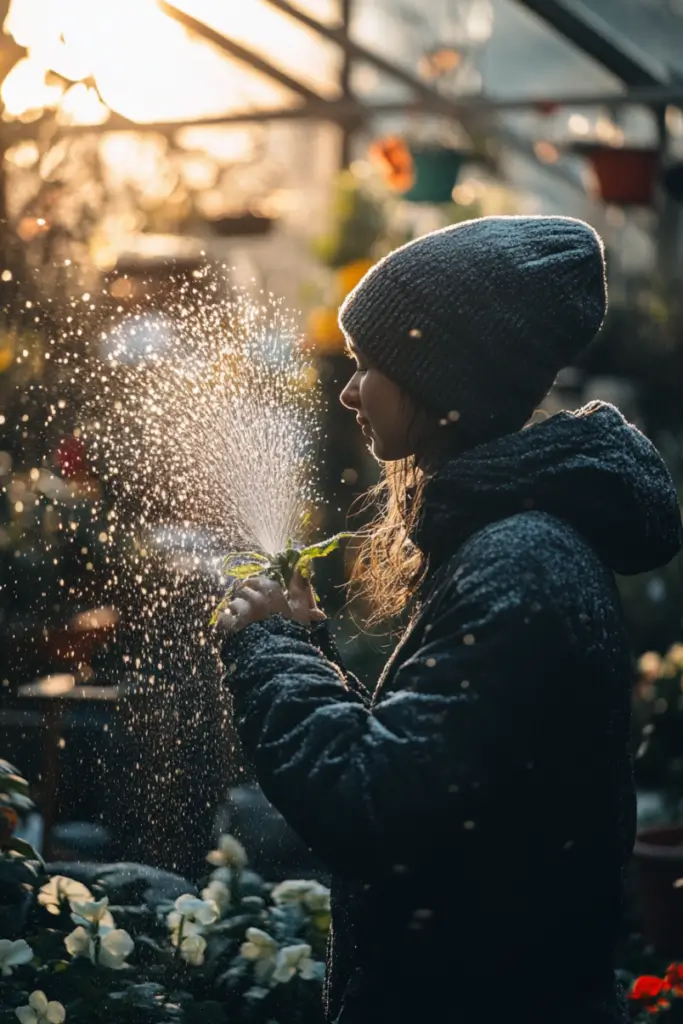
Final thoughts
Watering plants in cold and humid climates requires a thoughtful and tailored approach.
By understanding the impact of low temperatures and high humidity on your plants’ water needs, and by implementing effective watering techniques, you can keep your plants healthy and thriving even in challenging conditions.
Remember to check the soil before watering, water thoroughly but less frequently, and consider using tools like moisture meters to guide your watering schedule.
Additionally, pay attention to drainage, humidity control, and frost protection to create the best possible environment for your plants.
FAQs
The frequency of watering depends on the specific conditions and the type of plants you have. Generally, you should water less frequently in cold and humid climates, as the soil retains moisture longer.
Signs of overwatering include yellowing leaves, wilting, and a soggy or waterlogged soil surface. In cold and humid climates, overwatering can also lead to root rot and fungal growth.
It’s best to avoid watering at night in cold climates, as the water can sit on the soil surface and increase the risk of frost damage and fungal diseases.
To improve soil drainage, consider using well-draining potting mixes, adding organic material like compost or sand to your garden soil, and ensuring that your pots have adequate drainage holes.
If you have delicate or frost-sensitive plants, it’s a good idea to bring them indoors during cold spells. This will protect them from frost damage and provide a more stable environment.

